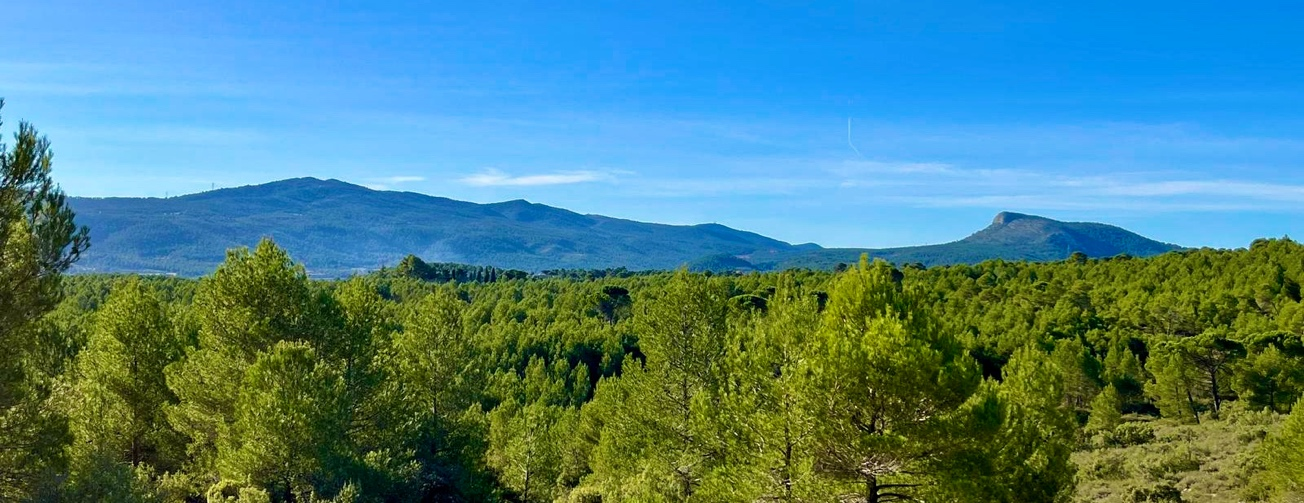
Bocairent
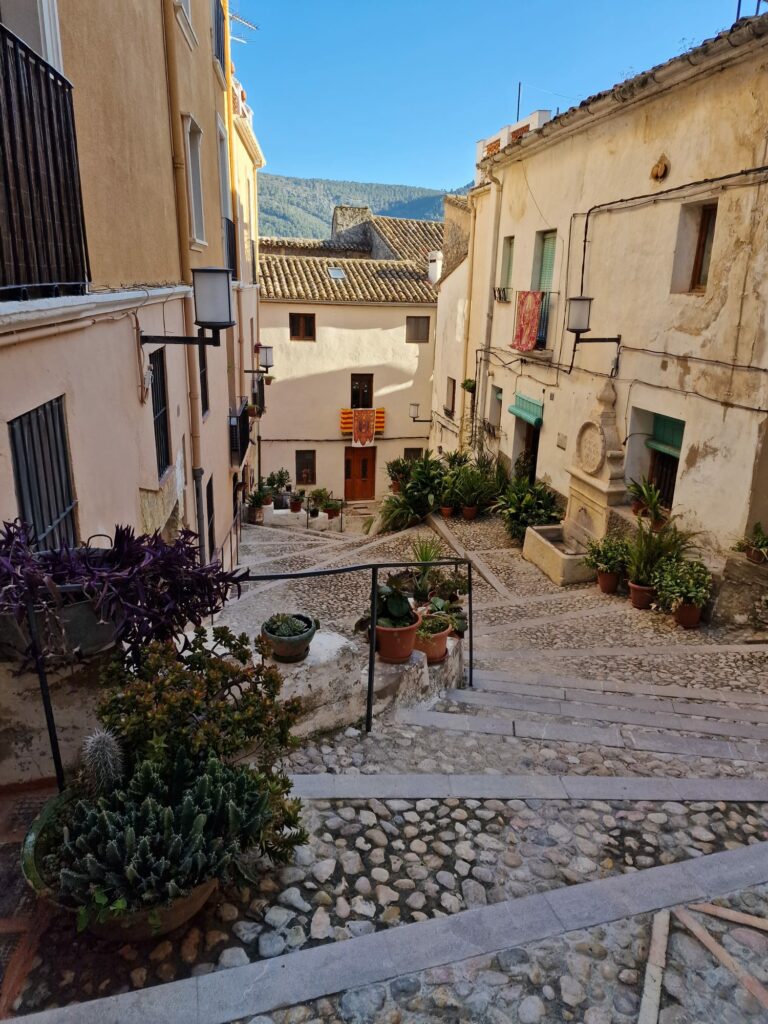
BARRI ANTIC
The old district of Bocairent is declared a historic whole and it is an essential visit, to travel its streets is to go into another era. Its stretch of narrow streets, squares, coastal up and down will make us feel as if we were in the Arab era. Especially charming these streets adorned with their pots and fountains. In the old quarter we discover the three hermitages, that of the Virgin of August, that of St. John and that of the Virgin of the Unlucky. At the top of the old quarter is the parish church of Our Lady of the Asumption and its museum, and down to the placeta de Sant Vicent, is the Museum of Offices and Costumes, with an old loom in perfect operation.
PLAÇA DE BOUS
The oldest bullfight in the Valencian Community, height in 1843. It has the peculiarity that it is built on living rock. It was the textile workers of Bocairent who started with the construction of the square, Manuel López Rovira, in particular who devised the construction of this peculiar square. And so it was the same workers in the mound that saw the beginning of the square that gradually and with the detachment came to form this special square.
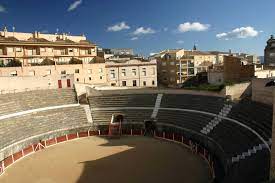
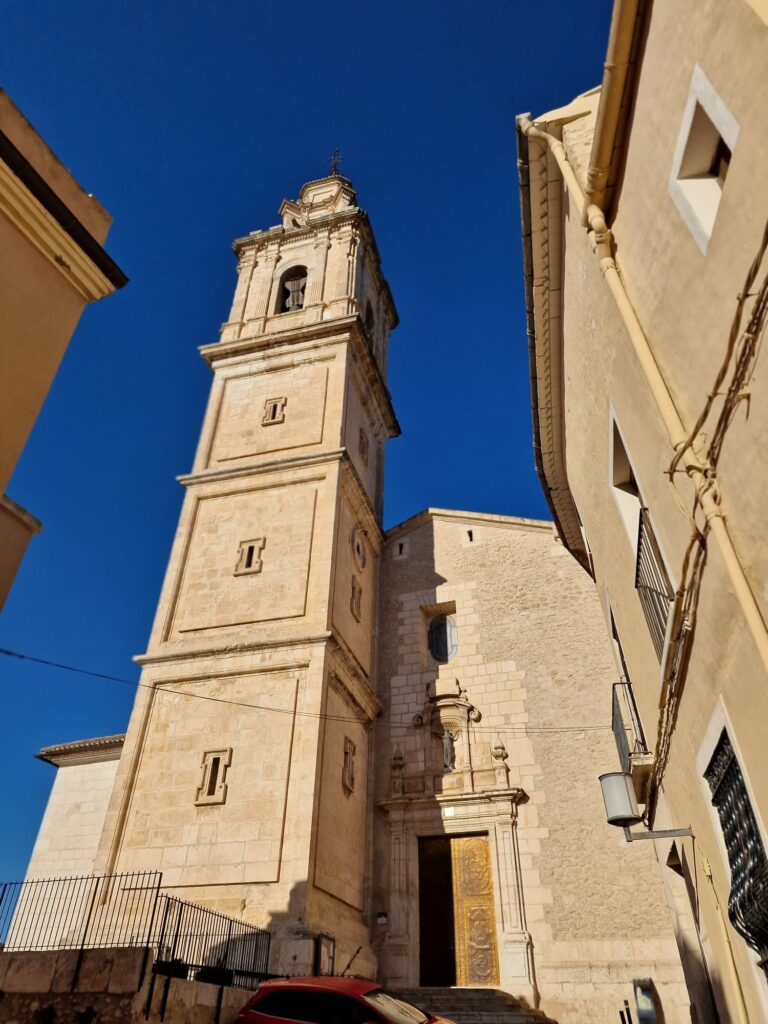
ESGLÉSIA i ERMITES
Built on an ancient Arab castle, in 1516 the parish church of Bocairent was consecrated, an emblem for the people that was initially Gothic in style and that has had the main features of Valencian art of this style until the 19th century. The bell tower was rebuilt following the 1748 earthquake in Montesa. Inside, the church is divided into three naves, one central and two lateral, separated by pilasters in which are the sculptures of apostles and figures of the moment. In the central nave are frescoes by Edward Stephen (18th-19th century) with allegorical motifs and Coronation of the Virgin.
COVETES DEL COLOMER
In the Covetes del Colomer it is home to the center of interpretation of the Covetes dels Moros (grouping of cave-windows that were rehabilitated in 2011). Here we will find a space for information and disclosure of the set of Moors’ caves-sale and of all the groupings in Bocairent, Alfafara and Ontinyent.
The Colomer Cavets are well accessible and are located within the old neighborhood of Bocairent. This has caused them to have different utilities during the time as a stable, agricultural warehouse and have even been used as a refuge during the Civil War.
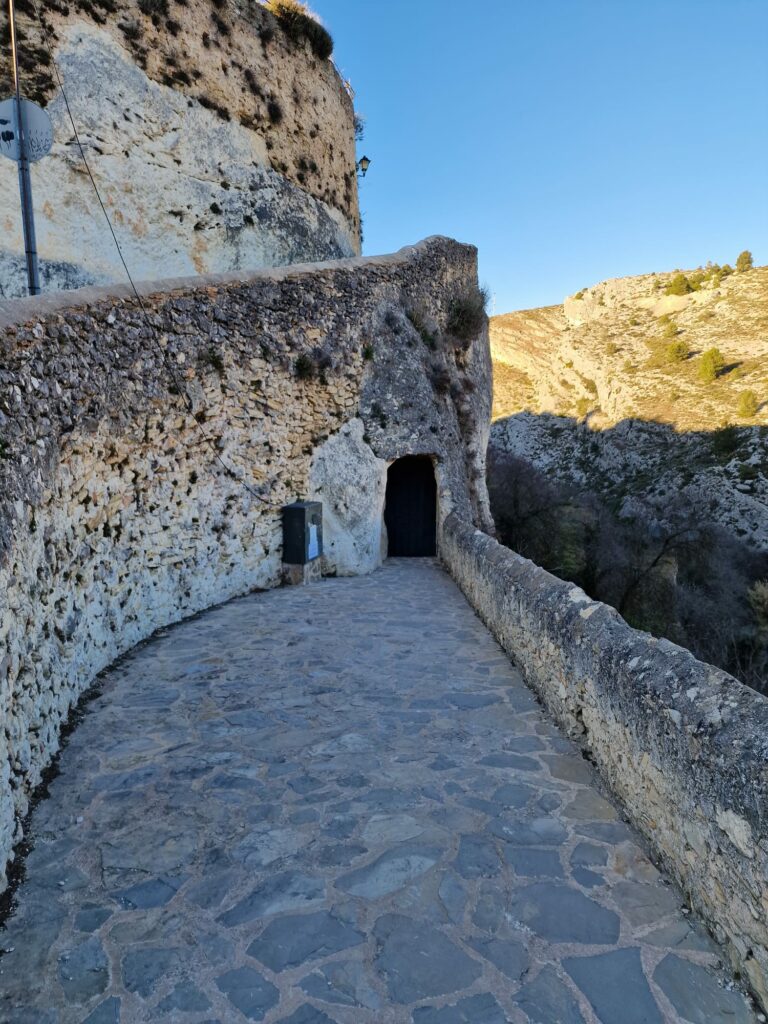
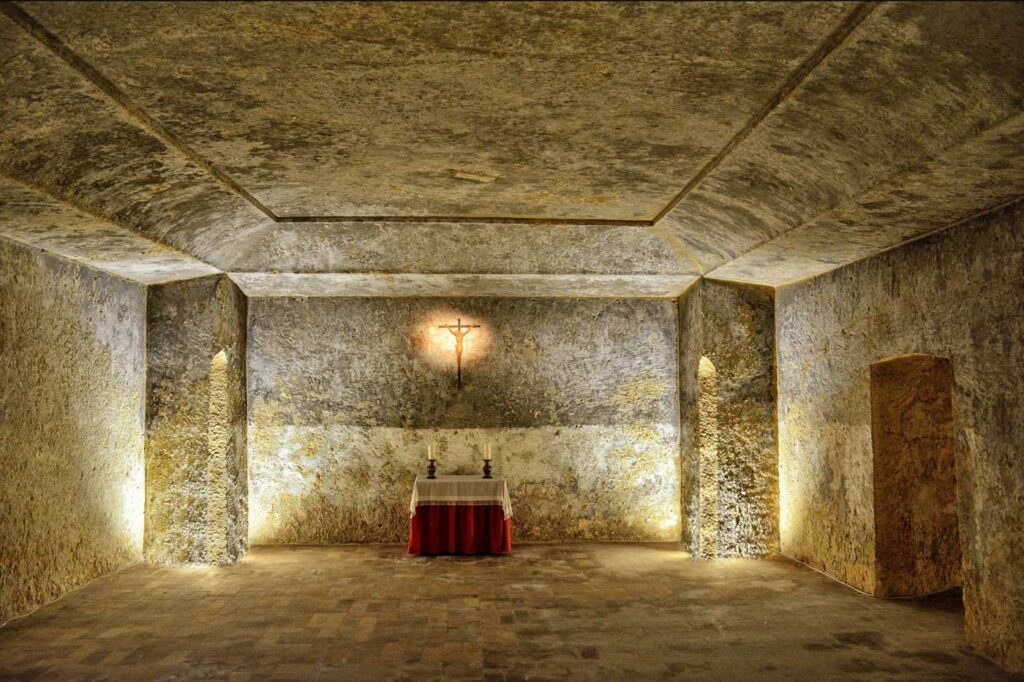
MONESTIR RUPESTRE
An underground convent excavated in the rock from 1556. A magnificent 48-square-metre construction cut into the rock that is preserved in good condition. The carved ceiling is noticed as a molding with great precision, a large 10-metre-high breathing bell that was formerly open to the outside. We will also find a church which was used until 1700 and which was then a place of prayer until 1900.
The monastery housed the first nuns in 1556, noting the conditions in which they were found, little light, humidity, austerity. The rock chamber was sealed in 1700 and another convent was built to reach the present one built in 1902.
MUSEU ARQUEOLÒGIC
The Municipal Archaeological Museum “Vicent Casanova” in Bocairent is located in a building annexed to the Parish Church. It was inaugurated in 1970 and consists of a large exhibition room and a small attached dependency that is used as a reconstruction laboratory, office and warehouse.
Inside it is shown a good collection of objects representative of a long historical period, from the Upper Paleolithic until well into the Middle Ages; most of them collected in caves such as the Vinalopó, Sarsa, Cave of War and the Cave of the Nun. We will be able to see from Neolithic vessels, medieval and Moorish ceramics. The museum also features a model of the Covetes of the Moros.
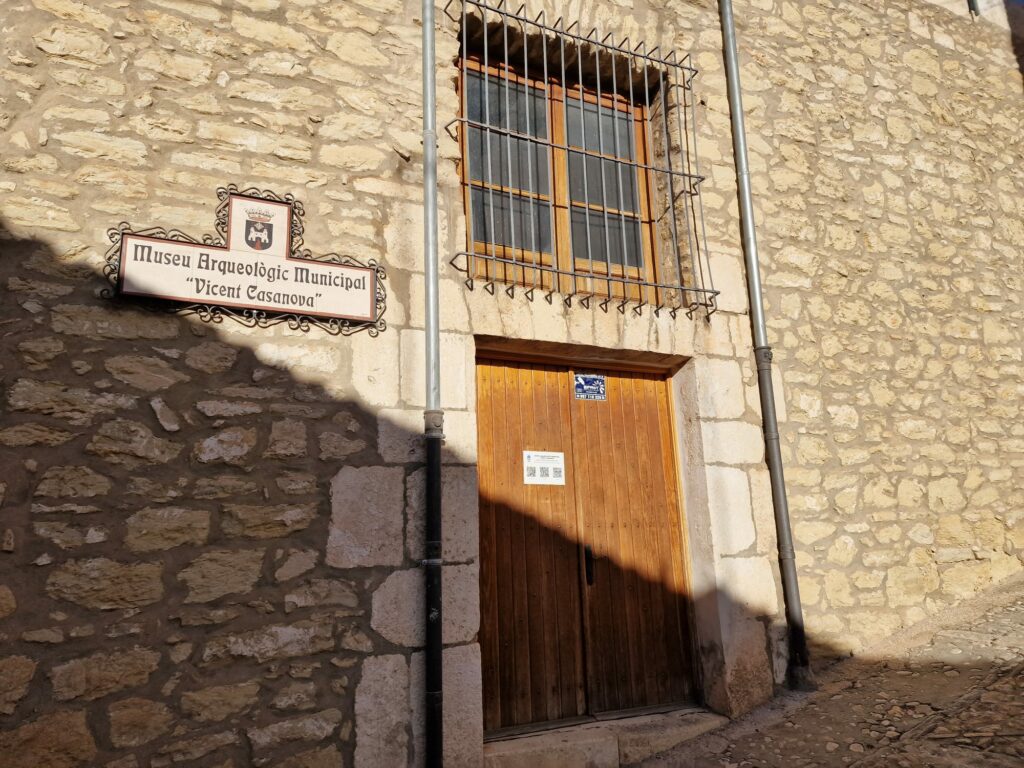
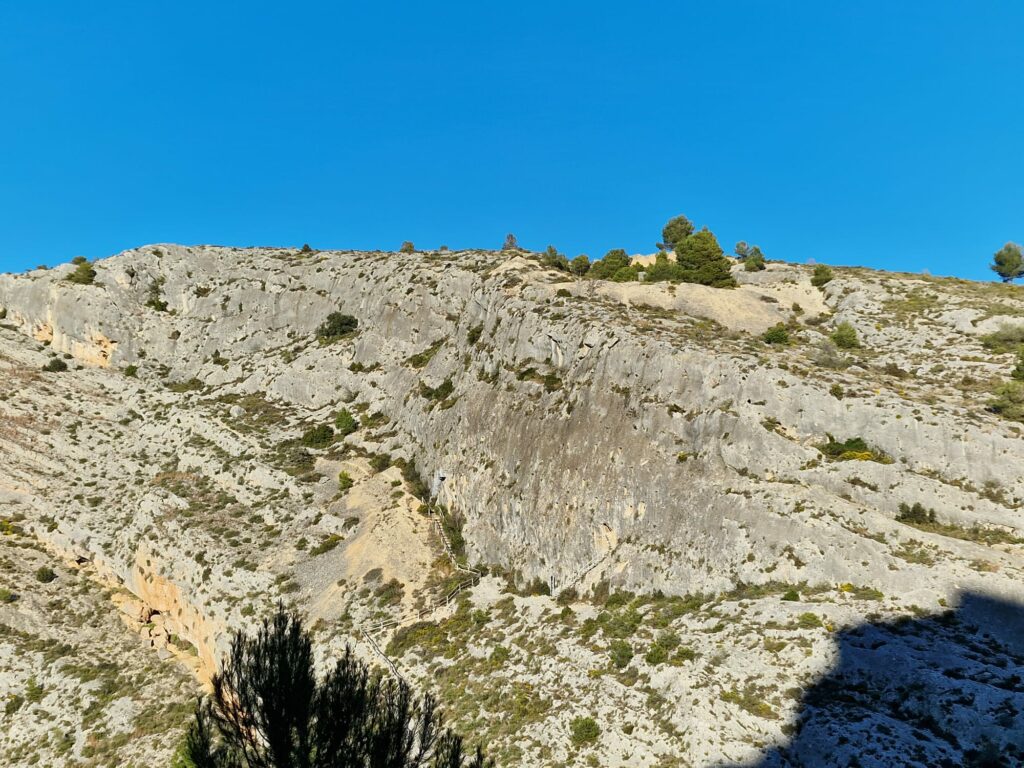
COVETES DELS MOROS
A construction from the 10th or 11th century though difficult to date. Group of artificial caves in the middle of a vertical wall with window-shaped holes. It is a group of about 50 windows that make way for other stays, connected to each other with 3 and 4 levels, forming floors. They were used as granaries, sepulchral chambers, Visigothic cinnabars.
The caves are located about 300 metres from the town center, and their difficulty in accessing must be noted. It is not recommended for elderly people with difficulties and/or with prosthetics in the hip or knee. It is also not advisable to have access with babies or to be pregnant.
CAVA DON MIGUEL
Va ser construïda a la primera meitat del segle XVII per ordre de l’Ajuntament de Xàtiva, amb la finalitat d’abastir de neu la població. Aquest impressionant pou never té tres entrades a diferents nivells, amb un diàmetre de 14,5 metres i una profunditat de 10,2 metres.
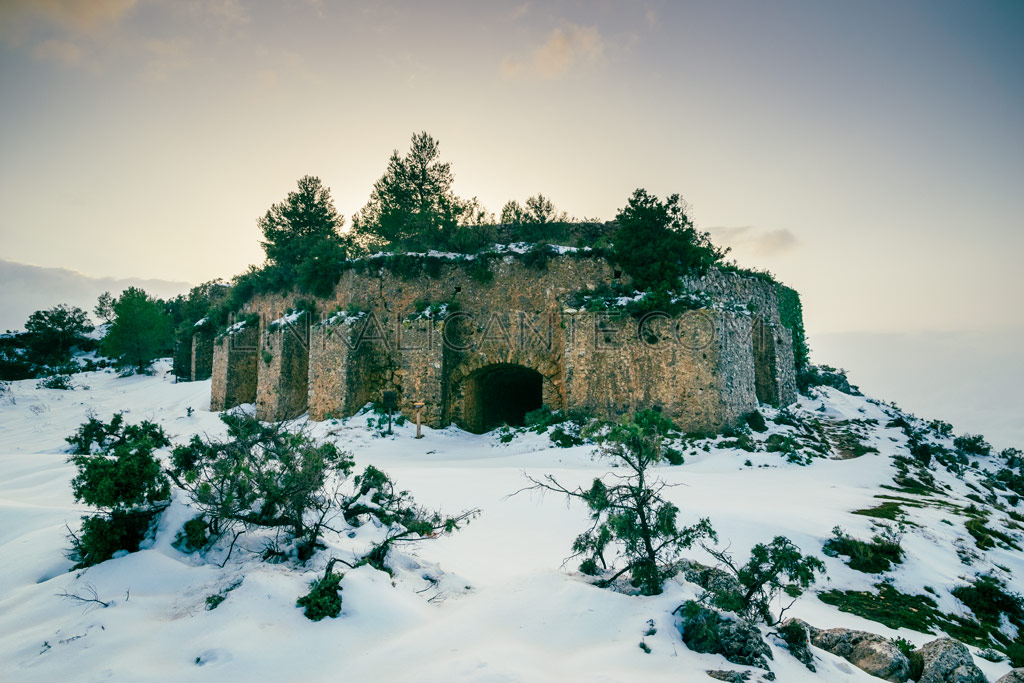
Recreative Areas
The Clariano River rises in Bocairent and is 40 km long, passing through Ontinyent, where it forms the Pou Clar area and empties into the Albaida River. The Clarià route runs through one of the sections of the river that passes through the interior of the municipality. The trail is suitable for all types of public, with a duration of 30 minutes. During the journey, the vegetation can be seen, with a reed, a dip, and a shoop. Sources of the “Borreguet”, “the Teula” and “the Canalon” offer fresh and crystalline water. At one end of the road we will encounter the Half-Hard Bridge.
This bridge was the main entrance to the municipality until 1950, when the Sant Blai Bridge was inaugurated a few metres later. There are two explanatory panels on the use of water as a source of energy for the operation of textile mills and companies, which were built along the river bed. The route of the Barranc de la Fos or old road between Bocairent and Ontinyent continues along the Clariano bed, where we can see the remains of some of these constructions.
Routes
Historic Center
Bocairent’s medieval quarter was declared a national historic and artistic ensemble in 1975. His special orography of shaped houses gives him a very peculiar appearance, with its narrow and stepped streets, such as the street of ‘les Voltes’, the street of Sant Joan, the street of ‘Embós’….. placetes such as that of Canterería or Sant Vicent; hermitages such as that of Sant Joan, that of Our Lady of the Unfortunate and that of Our Lady of August; portals and old accesses such as that of ‘Agost’, that of Sant Blai or the Excusada road… The large number of sources that we will find throughout the area of the old quarter reminds us of the importance that water has always had for the people; sources such as that of Grace, Saint James, the Aljub, the Manyàs … (All built between 1793 and 1794).
The Parish Church of Our Lady of the Assumption is one of the most important monuments in the municipality; built on the ruins of the old Arab castle. Also noteworthy are the viewfinders for the Serra de Mariola Natural Park and the Covetes dels Moros. Another item that can be visited is an old, recently restored safari.
The Magic Route allows us to obtain a view from outside the Old Town and from the orchards built by the Arabs that are still in production today.
One of the most recent finds has been the remains of medieval houses, discovered in 2008, thanks to the rehabilitation work of the old town of Bocairent. They are of great interest because they show us what housing would look like at the beginning of industrialisation. Textile work was done in the same houses, while living together with orchard work and animal care.
Path of the Holy Christ
We will start from the Town Hall Square, and we will follow the indication of the hermitage of the Holy Christ, until we reach the bridge, where we will be diverted along a small path before crossing it to the left. We will enter the ravine of Hell and a few metres later we will see the first of four quarries; two of them at river level and the other two at higher level. Around, we will find abandoned ashlars, with curious marks of stonemasonry, and coverxes, cavities where they were moored.
We’ll walk past the Derrota farmhouse, easy to identify by the two towers that crown it. 3 km. We’re on a road, we’re going to continue turning it right in a northerly direction and walk 2 km. More to the plane of Llobregat and the house of the same name. We will follow the path on the right where we can already see the climb to the hermitage.
At this junction is the PR V-306 or “Fifth Street”, which starts off on the road from Aielo to Moixent and ends in the hermitage of the Holy Christ in Bocairent. The hermitage was built in the 16th century and consists of three buildings: the inn which was an old hospederia, the chaplain’s house and the Gothic church, with the bell tower attached.
From this point we will start the return on the path of the cross road, which descends in zigzag. Below, before the bridge, we will pass through the Snail, smooth and bright stone, which serves as fun for the smallest. We’ll cross the bridge to the start point